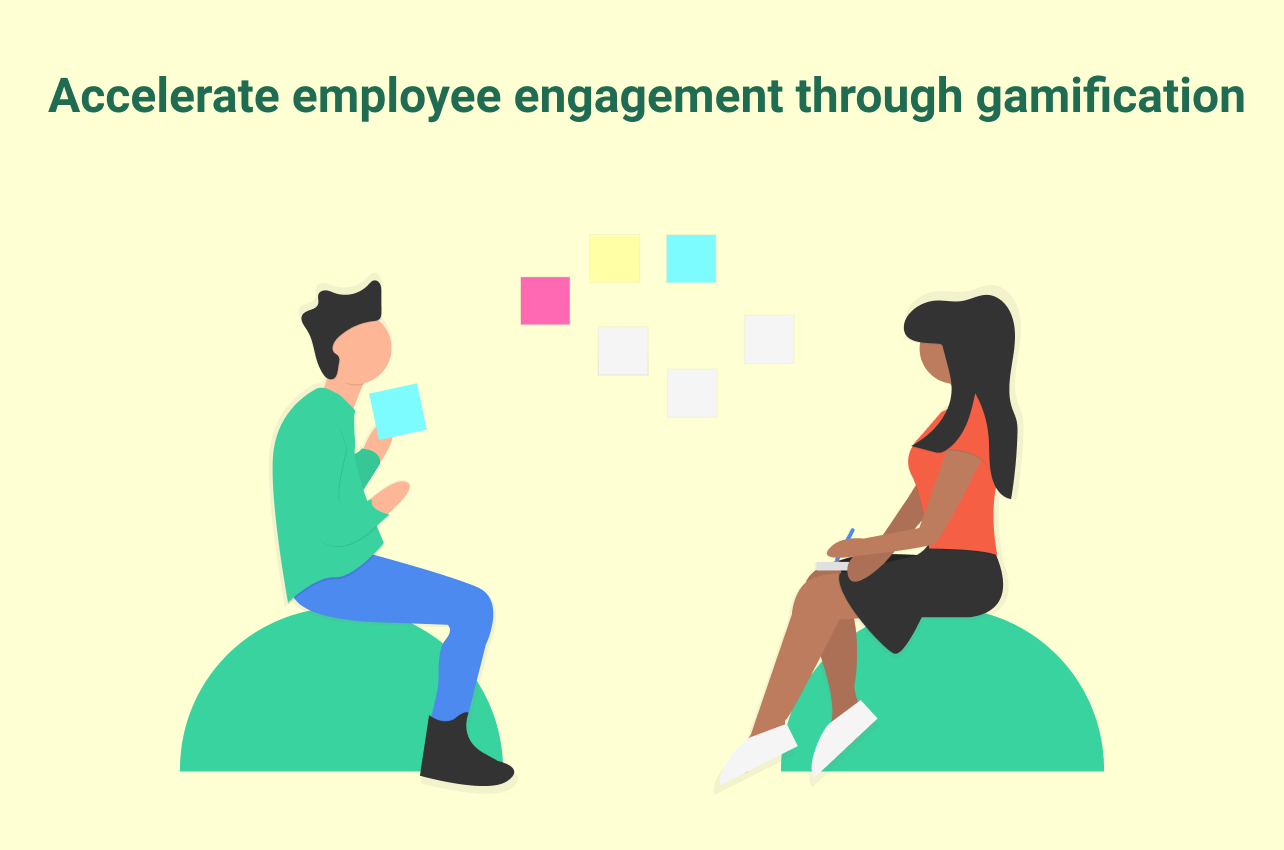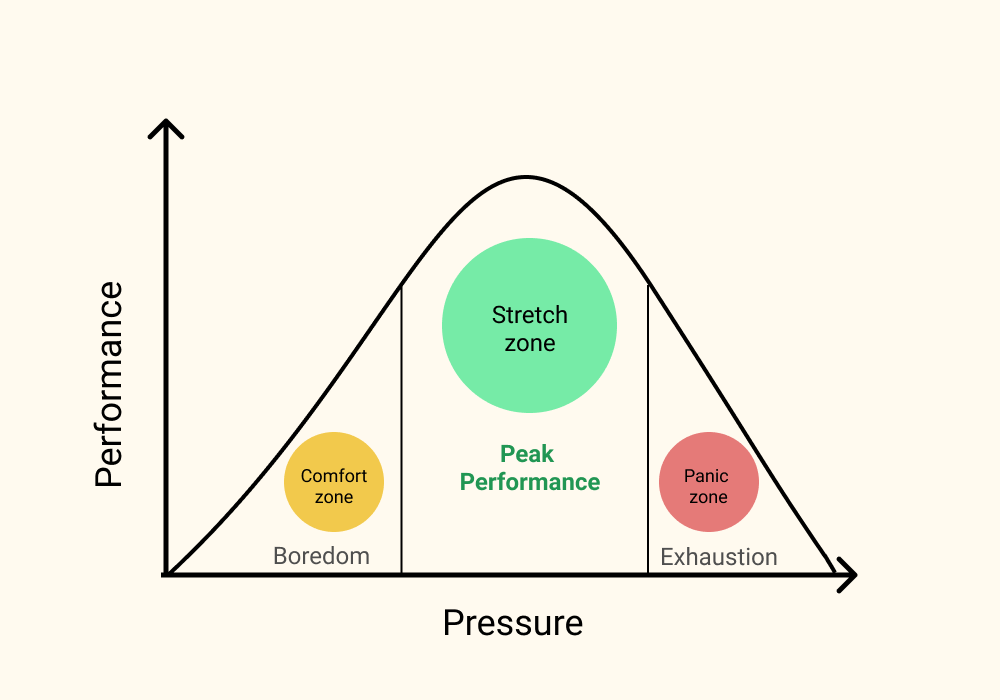Gamification and Employee Engagement: the Why and the How
4 minutes read

We often see that employees are most productive in the first few years of their job. Their excitement falls very quickly with time. This can be attributed to the “high” of a new job which gradually wears off with time. As the stage where everything is ‘new’ and ‘shiny’ passes, the levels of enthusiasm drop, finally resulting in a loss of interest in work.
Gallup reports - “National engagement levels hover around 30 percent - leaving 70 percent of the country disengaged at work.”
Poor levels of engagement results in poor performance. Therefore, boosting employee morale and engagement can significantly drive business outcomes. However, before looking for solutions, it might be important to first understand the problem.
What causes employees to lose interest in their work?
Lack of purpose and recognition : Employees want to find meaning in their work. They like to know how their contribution is impacting the organization. They want to make sure that their managers are really invested in them. A lack of instant feedback and recognition can be discouraging and lead to lack of engagement.
Lack of continuous challenge : Research finds that employees perform the best when they are in the so-called Performance Zone - when they are challenged to move beyond their comfort zone, but not to the extent that they are completely overwhelmed. It is often difficult to sustain these challenges over a period of time.

Diminishing returns of rewards : Classic reward systems (salary, bonus etc.) tend to suffer from habituation. Once the brain adjusts to a certain reward, the reward no longer has the same impact, gradually reducing the amount of motivation it gives to the person.
How can gamification help to increase engagement?
Gamification can be an option to mitigate the 3 challenges mentioned above and drive employee engagement and performance. The concept of digital motivation that uses game mechanics in a non-game environment to increase engagement is a powerful new tool. Gamification taps into basic human impulses – the desire to win, to be recognized and to be rewarded – to drive engagement, modify behavior and ultimately, push performance.
Gamification often involves quantifying results in real-time. For example, a sales agent’s daily wins can be tracked and gamified into a leaderboard. This real-time performance feedback acts as a motivator. The transparency in performance monitoring also helps top performers engage more.
Games can also be used to create a system of increasing levels of power and status as users progress through the levels. The brain is continually reactivated at each new level of reward which overcomes the drawbacks of the classic reward system.
At SmartWinnr, we have seen a significant increase in employee engagement for our customers, thanks to embedded game mechanics. Gamifying KPIs and incorporating leaderboards, badges and levels have resulted in a more engaging and competitive work atmosphere. Team competitions helped to drive peer recognition and tapped into their inherent competitive nature to drive higher performance. Employees have stated that seeing their names on these leaderboards made them push harder to achieve their targets. Having a clear and instant feedback system helped them to identify areas of improvement.
How does gamification increase motivation?
“60% of the employees would like having their work praised more frequently.” -Officevibe
Motivation can be broken down into different categories: some workers are motivated by power, others by achievement, some by a feeling of affiliation with a group or a sense of competence. The list is extensive, but it shows that motivation isn’t a one size fits all approach.
This is true In gamification-driven motivation as well. For example, leveling up may motivate those with a power motive while leaderboards and badges invoke a sense of affiliation and social relatedness.
All in all, the use of gamification in the workplace has been shown to elevate employee morale and motivation and hence, boost their performance. To quote Steve Jobs - “The only way to do great work is to love what you do.” Gamification is a way to increase employees’ love for their job and thus help them to do great work.
Want to know how you can introduce gamification to your remote employees?
Improve Employee Engagement of your Remote Teams with Gamification
More resources on gamification
The Psychology of Sales Gamification
Accelerate Your Sales Performance Through Gamification
SmartWinnr: #1 Easy to Use Sales Gamification Software
SmartWinnr is an AI-powered gamification platform that helps you to improve your sales team’s knowledge and performance by up to 80%.
You can run the most effective, engaging, hustle-free, and automated contests with the help of SmartWinnr. No tedious excel calculations, live leaderboards, and many more.
Curious to see SmartWinnr in action? Book a demo with us today!
Published on Wed Jun 13 2018
